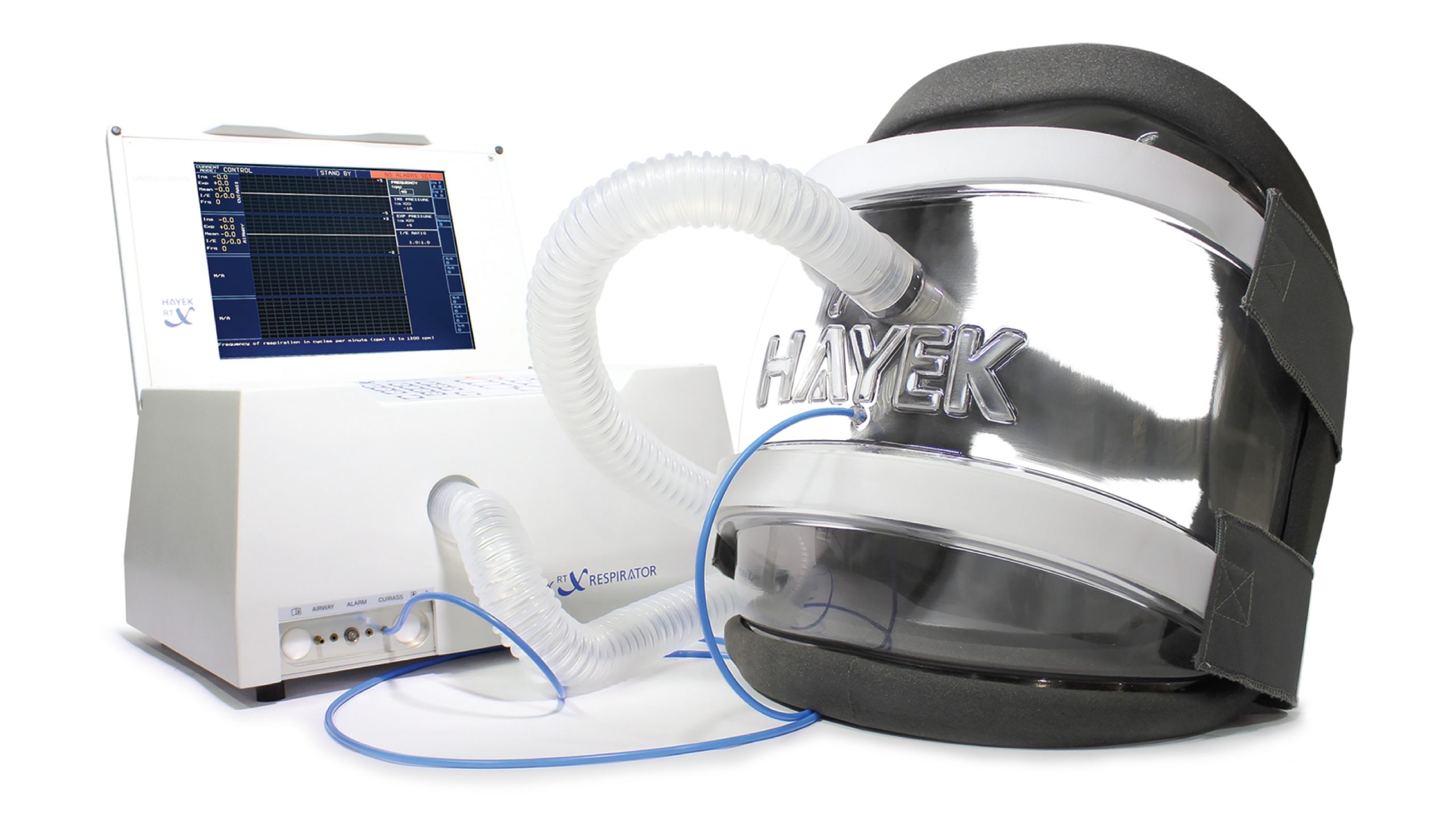This type is also called Werdnig-Hoffmann Disease. It is the most severe and the most common type of SMA. It is usually evident at birth, or in the first few months afterwards (0-6 months). Symptoms include floppy limbs and weak trunk movement. Children with this type usually have extremely limited ability to move. They will also have a hard time feeding and swallowing, holding their head up, and breathing. Type 1 SMA progresses rapidly, with the weakening of muscles leading to frequent respiratory infections and usually death by the age of 2. Infants with SMA type 1 can never sit.


